Collection: Flowering Trees
-
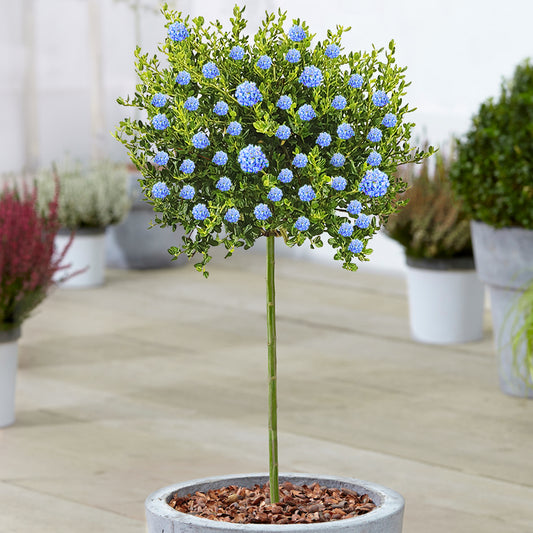
California Lilac Tree
Ceanothus 'Victoria' Patio Tree
Regular price From £39.99Sale price From £39.99 Regular priceUnit price / per -

Magnolia Tree
Magnolia 'Susan' Patio Tree
Regular price £39.99Sale price £39.99 Regular priceUnit price / per -
Limited Stock
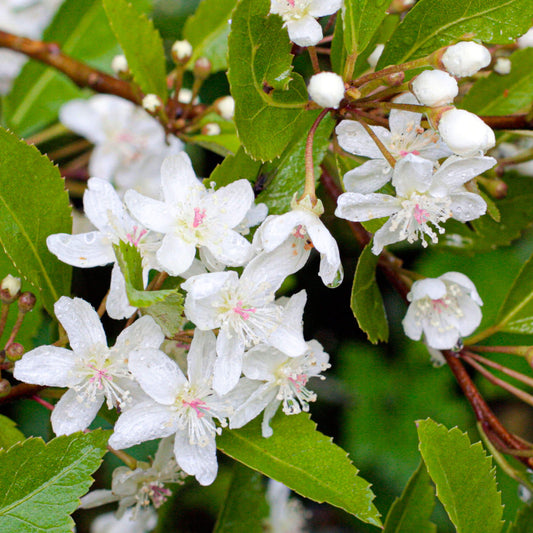
Ribbonwood Tree
Hoheria 'Snow White'
Regular price £99.99Sale price £99.99 Regular priceUnit price / per -

Magnolia Tree
Magnolia stellata Patio Tree
Regular price £39.99Sale price £39.99 Regular priceUnit price / per -

25% off ALL Garden Plants
Shop now -

English Lavender Tree
Lavender 'Munstead' Patio Tree
Regular price £39.99Sale price £39.99 Regular priceUnit price / per -
Limited Stock

Rose of Sharon Tree
Hibiscus 'Tricolour' Patio Tree
Regular price £39.99Sale price £39.99 Regular priceUnit price / per -
Limited Stock

Pineapple Broom Tree
Cytisus 'Yellow Tail'
Regular price £119.99Sale price £119.99 Regular priceUnit price / per -

Camellia Tree
Camellia 'Spring Festival' Patio Tree
Regular price £39.99Sale price £39.99 Regular priceUnit price / per -
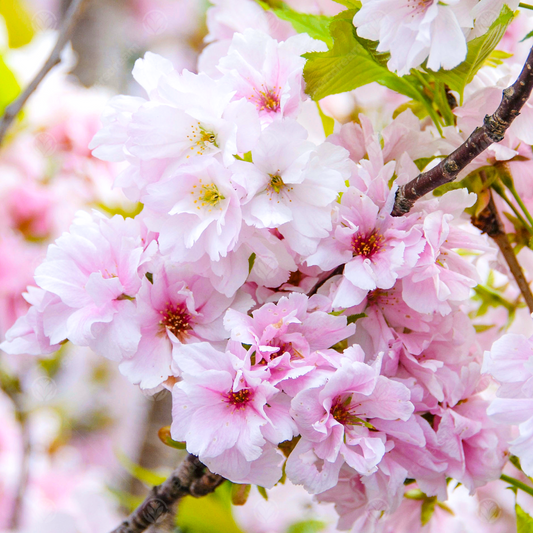
Japanese Flowering Cherry Tree
Prunus 'Amanogawa'
Regular price £99.99Sale price £99.99 Regular priceUnit price / per -
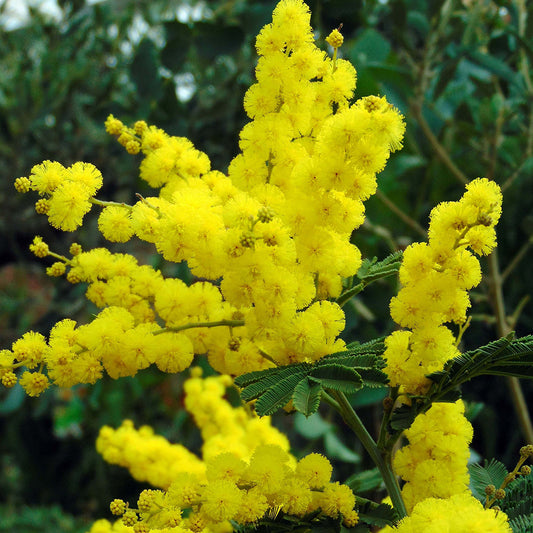
Mimosa Tree
Acacia 'Gaulois Astier'
Regular price £99.99Sale price £99.99 Regular priceUnit price / per -
Limited Stock

Weeping Cherry Tree
Prunus 'Kiku-shidare-zakura'
Regular price £99.99Sale price £99.99 Regular priceUnit price / per -
Limited Stock

Creeping Blue Blossom Tree
Ceanothus repens Patio Tree
Regular price From £39.99Sale price From £39.99 Regular priceUnit price / per -
Limited Stock

Serviceberry Tree
Amelanchier canadensis
Regular price £99.99Sale price £99.99 Regular priceUnit price / per -
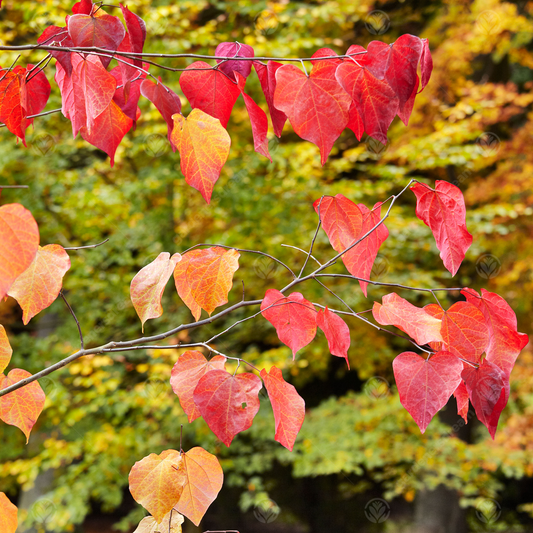
Eastern Redbud Tree
Cercis 'Forest Pansy'
Regular price £139.99Sale price £139.99 Regular priceUnit price / per -
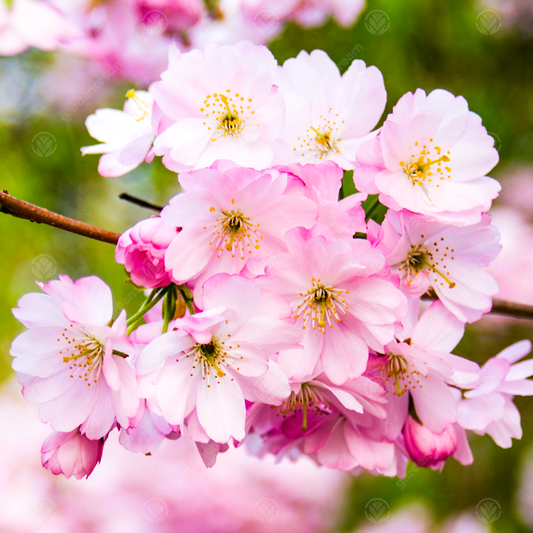
Pink Flowering Cherry Tree
Prunus 'Accolade'
Regular price £99.99Sale price £99.99 Regular priceUnit price / per -

Spring Bulb Savings
20% off the full range!
Shop now -

Mexican Orange Blossom Tree
Choisya 'Sundance' Patio Tree
Regular price £39.99Sale price £39.99 Regular priceUnit price / per -
Limited Stock

Purple Leaf Flowering Cherry Tree
Prunus 'Royal Burgundy'
Regular price £99.99Sale price £99.99 Regular priceUnit price / per -

Powder Puff Tree
Calliandra 'Dixie Pink' Patio Tree
Regular price £39.99Sale price £39.99 Regular priceUnit price / per -
Limited StockBestseller

Meyer Lilac Tree
Syringa 'Palibin' Patio Tree
Regular price £39.99Sale price £39.99 Regular priceUnit price / per -
Limited Stock
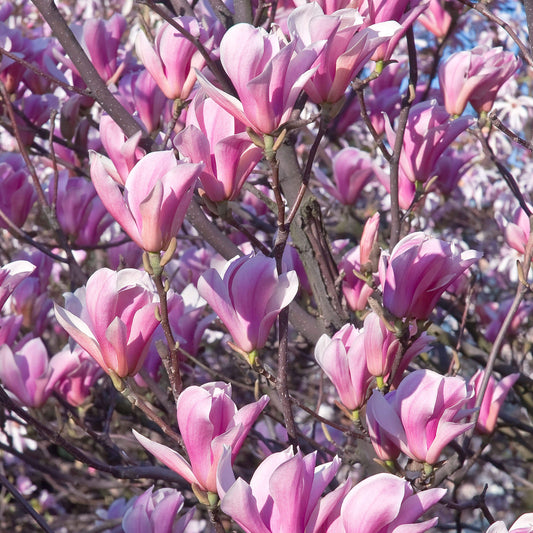
Magnolia Tree
Magnolia 'Heaven Scent'
Regular price £109.99Sale price £109.99 Regular priceUnit price / per -
Limited StockBestseller
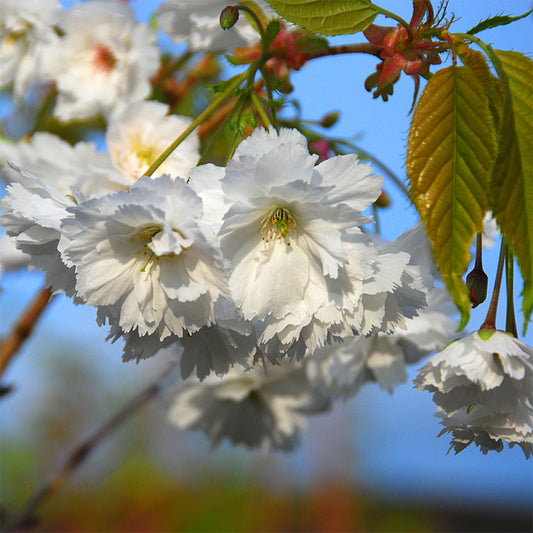
Flowering Cherry Blossom Tree
Prunus 'Shōgetsu'
Regular price £99.99Sale price £99.99 Regular priceUnit price / per -

Old-Fashioned Weigela Tree
Weigela 'Minor Black' Patio Tree
Regular price £39.99Sale price £39.99 Regular priceUnit price / per -
Limited Stock
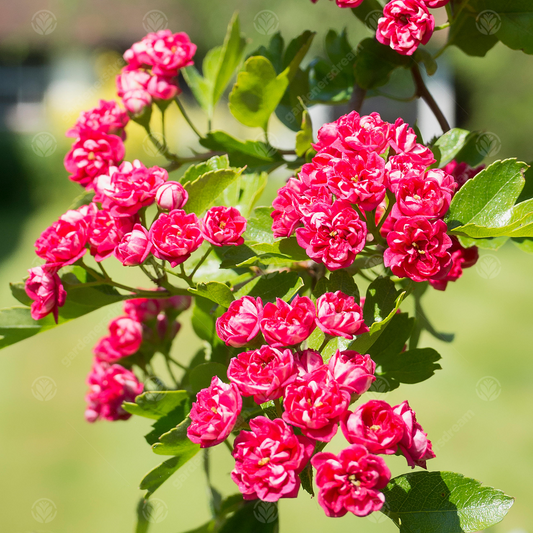
Hawthorn Tree
Crataegus 'Paul's Scarlet'
Regular price £99.99Sale price £99.99 Regular priceUnit price / per -

Mexican Orange Blossom Tree
Choisya 'White Dazzler' Patio Tree
Regular price £39.99Sale price £39.99 Regular priceUnit price / per -

Black Cherry Plum Tree
Prunus 'Pissardii Nigra'
Regular price £99.99Sale price £99.99 Regular priceUnit price / per -

25% off Acers
Shop now -
Limited Stock

Tibetan Cherry Tree
Prunus serrula
Regular price £99.99Sale price £99.99 Regular priceUnit price / per -
Limited Stock
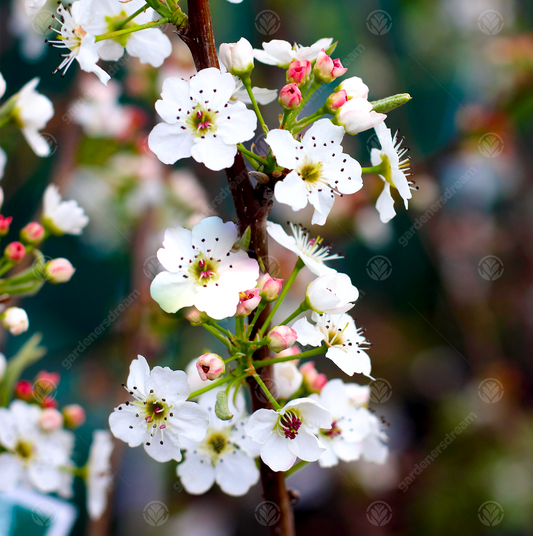
Callery Pear Tree
Pyrus 'Chanticleer'
Regular price £99.99Sale price £99.99 Regular priceUnit price / per -

Japanese Alpine Cherry Tree
Prunus 'Brilliant' Patio Tree
Regular price £39.99Sale price £39.99 Regular priceUnit price / per -
Limited Stock

Magnolia Tree
Magnolia 'Yellow Bird'
Regular price £109.99Sale price £109.99 Regular priceUnit price / per -
Limited Stock

Plum Blossom Tree
Prunus x blireana
Regular price £99.99Sale price £99.99 Regular priceUnit price / per -

Delavay Privet Tree
Ligustrum delavayanum Patio Tree
Regular price £39.99Sale price £39.99 Regular priceUnit price / per -

Flowering Cherry Blossom Tree
Prunus 'Jacqueline'
Regular price £99.99Sale price £99.99 Regular priceUnit price / per -

Evergreen Plants
Shop now -
Limited Stock

Magnolia Tree
Magnolia 'Genie'
Regular price £109.99Sale price £109.99 Regular priceUnit price / per -
Limited Stock
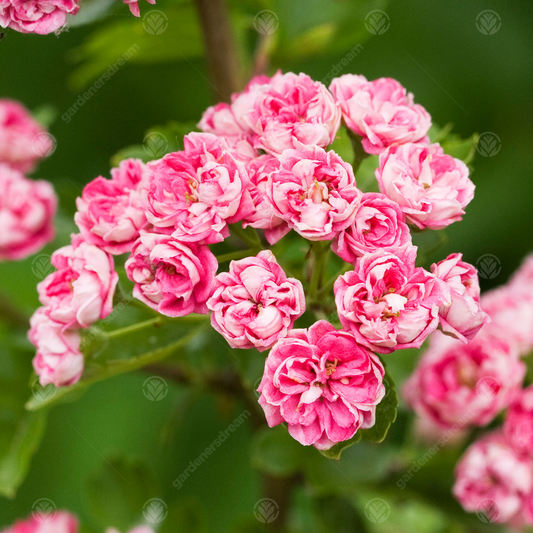
Hawthorn Tree
Crataegus 'Rosea Flore Pleno'
Regular price £99.99Sale price £99.99 Regular priceUnit price / per -

Chinese Redbud Tree
Cercis 'Avondale'
Regular price £139.99Sale price £139.99 Regular priceUnit price / per -

Great White Cherry Tree
Prunus 'Tai-haku'
Regular price £99.99Sale price £99.99 Regular priceUnit price / per
Is there a better sight in a British garden than those first flowering trees coming into bloom? The first signs of spring, of hope and of new beginnings, unapologetically blossoming like little bursts of energy to light up your garden. Nothing beats it. If you agree with us, then you will love our extensive range of flowering trees - we have cherry blossom trees, ornamental trees, fruit trees and so much more!
Choose from small flowering trees, flowering evergreen trees, patio trees, deciduous trees - the list goes on and on.
And don’t forget, we offer free UK delivery on all orders over £50, so the only difficult thing you have to do is choose which flowering trees you want in your garden! Then you can sit back and wait for it to be delivered right to your door.
Blossom Trees for Every Season
We stock trees that flower in spring and summer, so you can be looking out at beautiful blossoming trees for most of the year. For spring flowering trees try the Prunus 'Amanogawa' - a classic pink cherry blossom, with leaves that turn a fiery red in the autumn, or the Amelanchier canadensis, which produces magnificent star shaped flowers from March to April, and then spectacularly vivid orange leaves in autumn.
Buy Flower Trees Online
Once you’ve decided on what flowering trees are perfect for your garden, simply add them to your basket and head to the checkout - we’ll take care of the rest.
You’ll get the benefit of free UK delivery (on every order).
It couldn’t be easier, so order your flowering trees today and get ready to transform your garden.








































